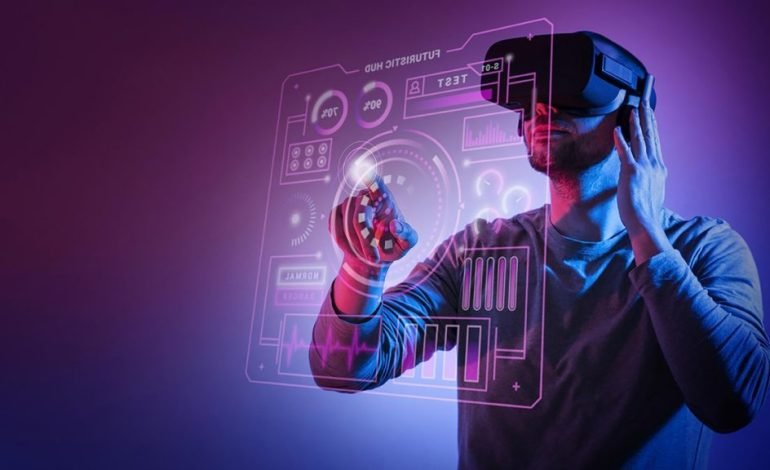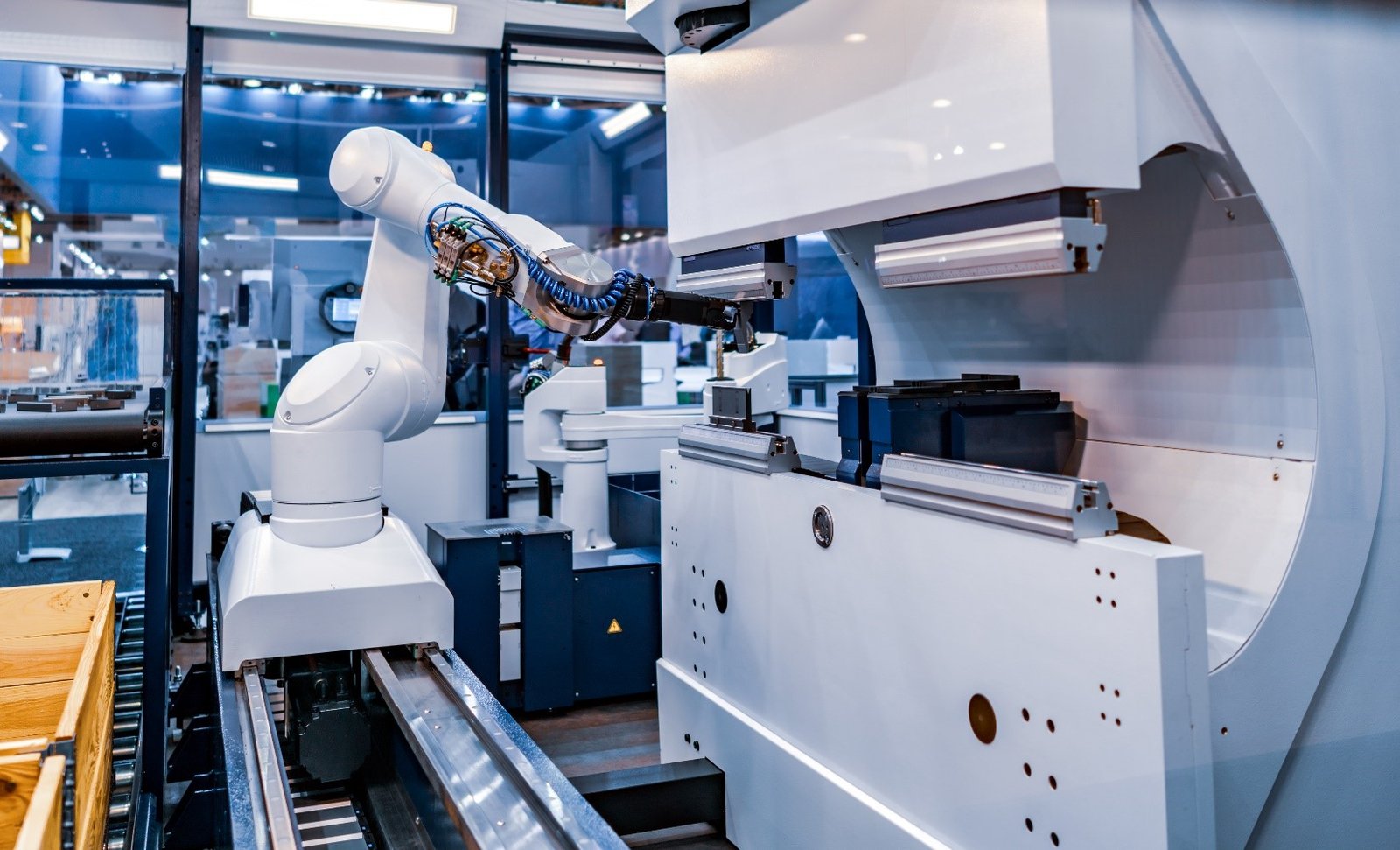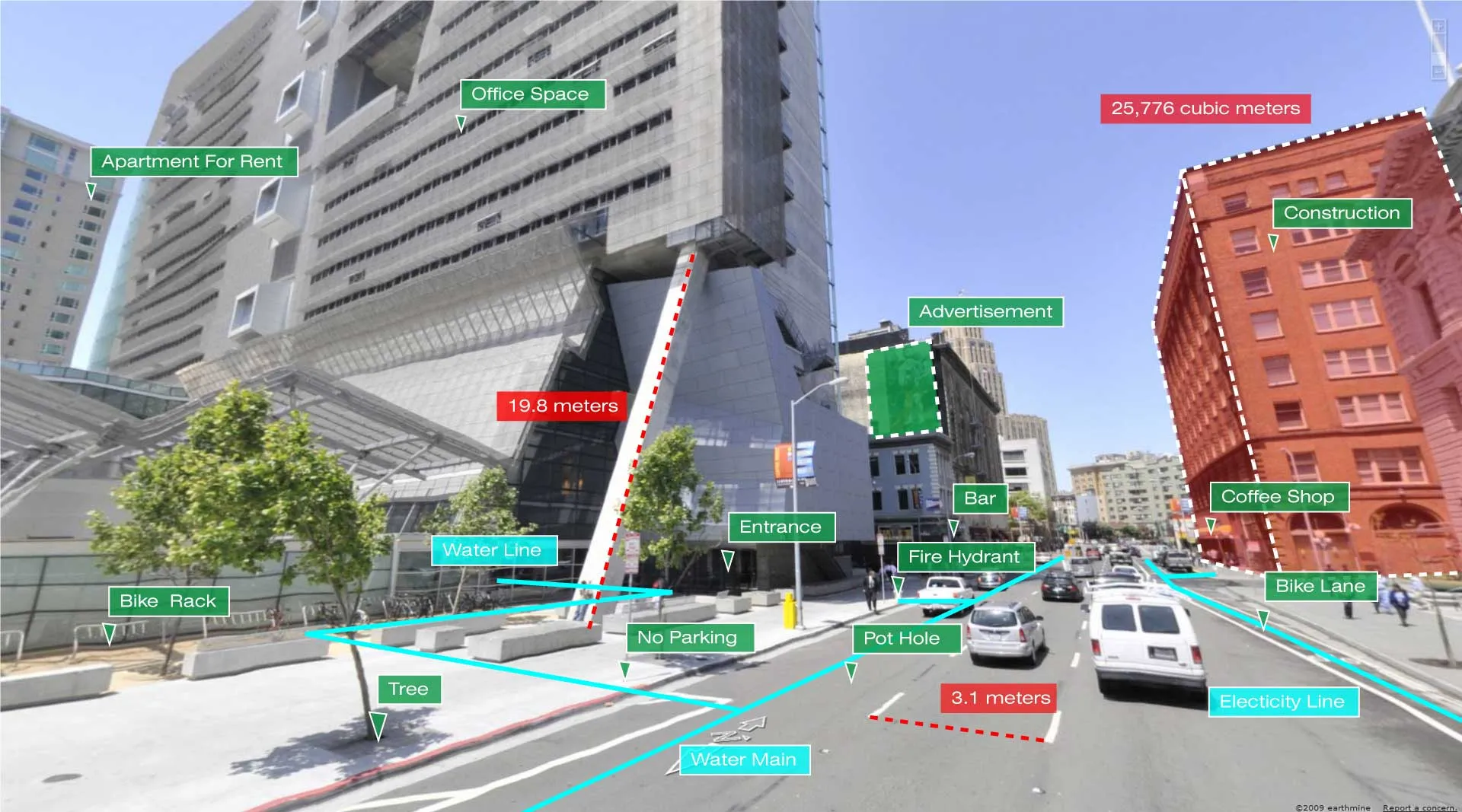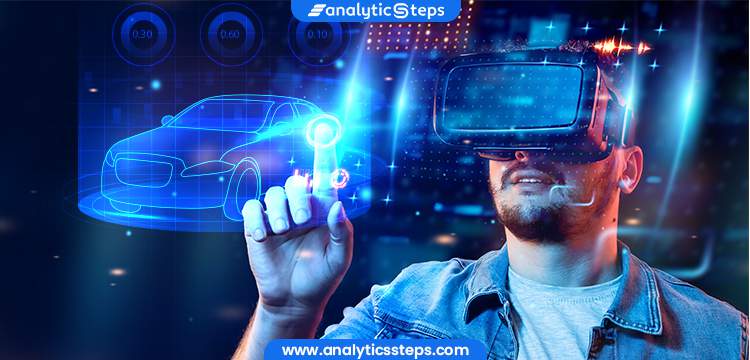Why Experts Are Considering Augmented Reality In Manufacturing

The future is unfolding before our eyes, and with time, we are going to see augmented reality become a part of more aspects of our world and our daily lives. The big question when anticipating such growth is often: What can this technology do in so-and-so sector? Establishing what roles augmented reality can play in a particular field gives an idea of why we should expect to see more of it in that field. And in this article, we’d be zooming into the manufacturing sector to see why experts are exploring the use of augmented reality in manufacturing.
AR can be used to provide hands-on training

Manufacturing follows strict processes and operations that have to be done in just about the same way repeatedly in order to churn out final products that are exactly the same. This means that when a manufacturer hires new factory workers, there is a strong need for training. This training takes different forms, and the new hires must understand not only how to operate different equipment, but also the procedures and exact standards for every operation.
Augmented reality in manufacturing can be applied in offering hands-on real-time training for apprentices. This could come in the form of displaying instructions on how to operate any machine or complete any task right in front of the trainees, and they could be put straight to work.
This means that using AR, assembly-line workers can learn whatever they need to know just when they need it, by having access to resources right at the point where they need to use the information.
Using this method, manufacturers would be able to save time and easily fill up the need for workers at any time without worrying about quality being compromised or resources wasted by inexperienced workers.
Many manufacturers have already started adopting this in their factories. As of 2015, Popular Mechanics reported that Lockheed Martin, the American aerospace company, had adopted AR glasses worn by its engineers when working on its warplanes. According to the report, this brought about a 30% increase in work speed and saw accuracy rise up to 96%.
AR is simplifying product design and development

The foundation of every manufacturing process is actually in the design of the product. This could take a long time, as various units would have to work out different parts, review, provide input, resolve changes and alterations, etc.
AR improves the product design and development process in several ways. One way is by allowing remote collaboration between all the parties involved, in order to eliminate back and forth movement and delays. Experts from different units (and in different locations) can work together on the design process at the same time.
Another instance can be seen in how Ford uses the HoloLens for its product design. Instead of building clay models for every design prototype, the automaker uses AR to virtually mount 3D models to already existing cars to assess the new designs.
Another exciting example of using AR in product design and development can be seen in how thyssenkrupp uses the HoloLens to design bespoke stair lift home solutions with increased accuracy, speed and improved customer experience.
AR makes quality assurance easily achievable
Quality is critical to the manufacturing process. All products are expected to be of uniform standard and maintain high quality all the time. AR in manufacturing can be used to achieve quality control by analyzing the captured image of a finished product and comparing it to the original design.
In 2016, Porsche began adopting augmented reality for quality assurance to ensure vehicles meet the right quality before being sent to customers. The AR solution could detect minor deviations and tell where the right standards are not met. It was Porsche’s way of also ensuring the parts from third-party suppliers also met the right standards in order to avoid quality assurance problems.

AR comes in handy for providing remote expert support and maintenance
Skills gap is an issue that exists in different industries but seems to be more obvious in manufacturing where certain expert knowledge is needed to handle some level of tasks with machines and other complex procedures. AR bridges this gap by allowing experts in remote locations to assess situations and provide real-time instructions on how to solve different issues.
For instance, if a company needs the manufacturer of a particular machine to provide field services (something that is beyond the expertise of the machine operators), it would usually have to fly the expert engineers down to its location. However, with AR, the experts can be able to see things through the eyes of the operator and inspect the machine or provide needed directions on what to do.
Leybold, a vacuum pump manufacturer, created the Leybold Maintenance App to allow its customers to explore components of its products by X-raying them with an iPad or HoloLens, eliminating the need to disassembling the pump.
Elevator manufacturer, thyssenkrupp, adopted Microsoft’s HoloLens in 2016, to be used by its service technicians to “visualize and identify problems ahead of a job, and have remote, hands-free access to technical and expert information when onsite.”
There is so much more
A research report published by Industry Week in 2013, showed that on average, manufacturers deal with up to 800 hours of downtime annually. The financial implication of this for the average automotive manufacturer is about $22,000 per minute of downtime, which amounts to $1.3M lost every month.
Experts in the manufacturing sector are seeing various ways AR can help to reduce downtime, improve processes, increase speed, accuracy and safety, as well as improve the skill-level of workers.
It is estimated that with AR, the manufacturing sector can achieve up to 50% reduction in cost and time of training workers; 30% reduction in time taken to assemble products; 90% increase in accuracy, and as much as 75% drop in downtime.
Other areas that are still being explored include inventory, warehouse and logistics management, which are all important to manufacturers too. In summary, the potentials are enormous, and as the augmented reality technology continues to evolve, we will see even more ways it can be put to use in the manufacturing industry.
References:
- https://www.popularmechanics.com/flight/a13967/lockheed-martin-augmented-reality-f-35/
- https://www.theverge.com/2017/9/21/16343354/microsoft-hololens-ford-augmented-reality
- https://metrology.news/porsche-adopts-augmented-reality-for-quality-assurance-in-factory-of-the-future/
- https://www.slashgear.com/porsche-adopts-augmented-reality-for-quality-assurance-13447825/
- https://www.re-flekt.com/hubfs/pdf/Case_Study_Leybold.pdf
- https://blogs.windows.com/devices/2016/09/15/microsoft-hololens-enables-thyssenkrupp-to-transform-the-global-elevator-industry/
- https://www.industryweek.com/information-technology/manufacturer-it-applications-study-finding-real-cost-downtime
- http://www.manufacturinglounge.com/real-world-applications-of-augmented-reality-ar-in-manufacturing/
- https://atheerair.com/ar-field-service/
- https://blog.thomasnet.com/augmented-reality-manufacturing
- https://internetofthingsagenda.techtarget.com/feature/Augmented-reality-for-manufacturing-gains-traction-presents-challenges
- https://www.engineering.com/AdvancedManufacturing/ArticleID/14904/What-Can-Augmented-Reality-Do-for-Manufacturing.aspx





